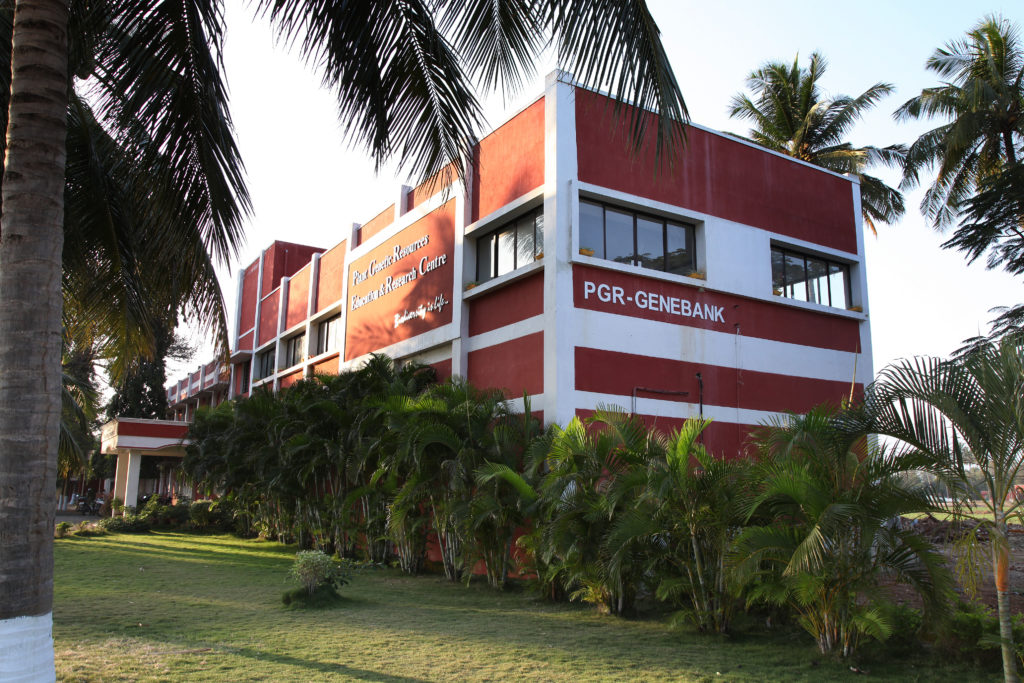
About
GENETIC RESOURCES of crops grown/utilized by humans are the backbone of crop improvement programs that provide the basis of food security, livelihood support and economic development. Accredited as WEALTH of a Nation or a State, the plant genetic resources are to be strengthened, protectively conserved and utilized by plant breeders of agricultural, horticultural, fodder and forest crops. The state of Tamil Nadu is endowed with enormous agro-biodiversity, especially in our natively evolved crops such as rice, millets, desi cotton, oilseeds, vegetables, fruit and forest trees.
Growing the crop germplasm without losing its viability year after year and to maintain with genetic purity is a real challenge and concern to the scientists, as it involves natural resources like land, water, human resources, economic resources in the form of recurring costs involved in field operations, harvest and post- harvest handling apart from its threaten due to numerous biotic and abiotic factors. Conservation of germplasm through seed gene banks is a viable proposition.
With this motto, a special initiative, first of its kind among the State Agricultural Universities, was undertaken by Tamil Nadu Agricultural University by starting the “Department of Plant Genetic Resources” on 1st of August 2009 under the Directorate of Centre for Plant Breeding & Genetics. Subsequently in 2010, a multi-crop seed gene bank named after the legendary rice breeder Dr. K. Ramiah, who served at Paddy Breeding Station, TNAU was established to conserve the Plant Genetic Resources of the state of Tamil Nadu. The Dr. K. Ramiah gene bank is now a treasure house for about 28,388 germplasm accessions in 59 crop species. This Department functions with the following objectives:
- To coordinate in exploration programmes organized by NBPGR in strengthening the collection of indigenous plant genetic resources.
- To collect and conserve the plant genetic resources with purity and viability under controlled conditions with periodical monitoring.
- To evaluate, characterize, rejuvenate and to share the germplasm for characterization /rejuvenation by concerned crop breeders
- To document the data generated/received after characterization and promote their use
- To co-ordinate germplasm registration at NBPGR, and new/extant variety registration under PPV& FRA
- To conduct research, undertake teaching and training, and create public awareness on plant genetic resources.
